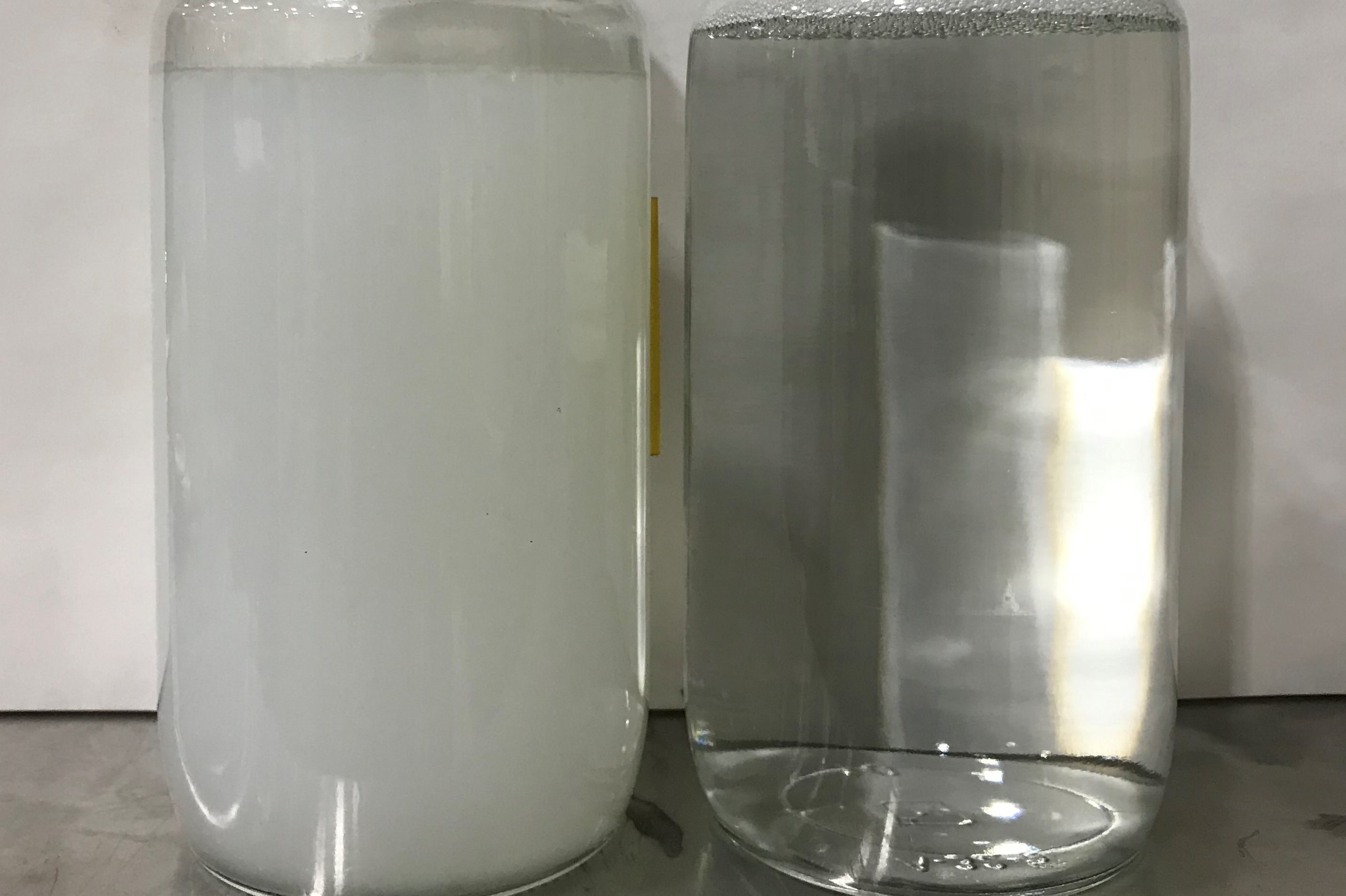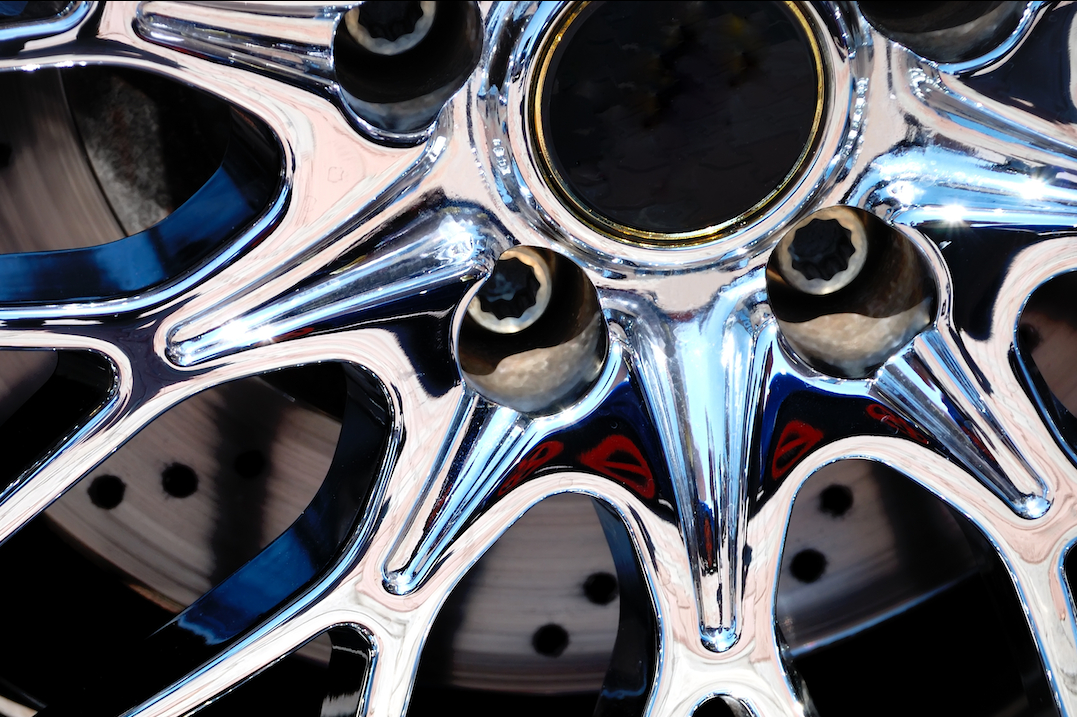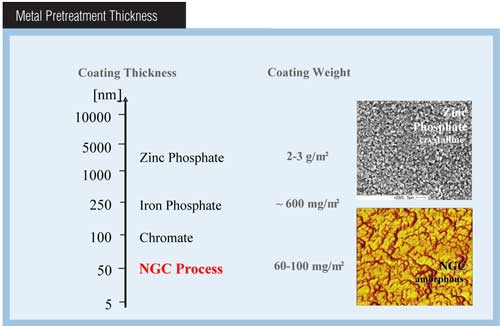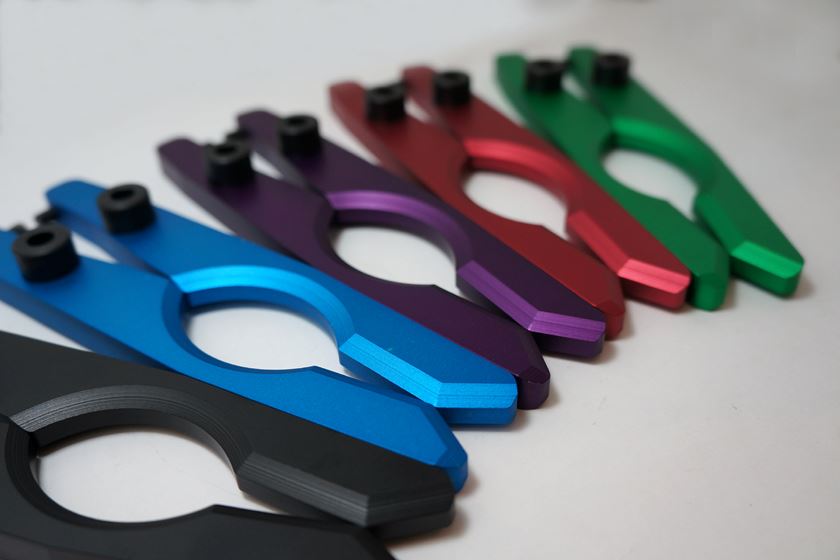FARADAY CAGE EFFECT
What I don’t know is if holes, penetrations completely through the material, are also a problem? Should I be concerned for lack of DFT (dry film thickness) on the surfaces inside the holes due to FCE or since these are “holes” and not recesses, would I be OK pursuing this coating process?
Q. I found your contact information on PFOnline. I have perforated steel sheets that are approximately 1/8-inch thick. The perforations (holes) are 1/8 inch in diameter and are spaced approximately 3/16 on center in all directions. The sheets measure 4 ft wide × 8 ft long. I am considering coating the sheets electrostatically, but I am concerned about what I’ve read regarding the “Faraday Cage Effect” (FCE). The resources that I’ve read seem to indicate that FCE is a problem near corners or at recessed areas. What I don’t know is if holes, penetrations completely through the material, are also a problem? Should I be concerned for lack of DFT (dry film thickness) on the surfaces inside the holes due to FCE or since these are “holes” and not recesses, would I be OK pursuing this coating process?
Any advice is appreciated. Also, if you have another recommended paint application method besides electrostatic, I’d be willing to entertain that too. My biggest concern is getting good DFT on the surfaces inside of the holes. B.T.
A. I don’t think you will have a problem from the Faraday Cage Effect while coating the holes in your sheet. FCE does come into play when coating inside corners, but you don’t really have inside corners. It can also cause problems with recesses, holes having bottoms. In that case the bottom of the hole has an inside corner. The only problem I can imagine is not coating evenly all the way down the interior of the hole. However, since you are coating both sides of the steel sheet, this potential problem will be eliminated. So put Faraday back into his cage and coat your perforated steel sheets electrostatically.
RELATED CONTENT
-
Understanding Paint Atomization
BASF coatings development expert Tim December explains how paint atomization works for both pneumatic spray applicators and high-speed rotary bell applicators.
-
Is Your Electroplating Waste Hazardous?
Some that bears precious metals is, and there are a host of regulations to consider when recycling.
-
Curing Oven Basics
Simply heating up the substrate does not cure the coating. There are many variables to consider when choosing the best cure oven for your application...















